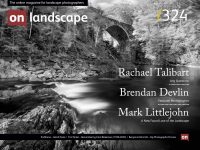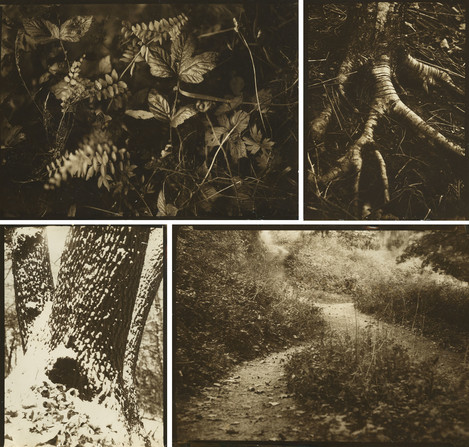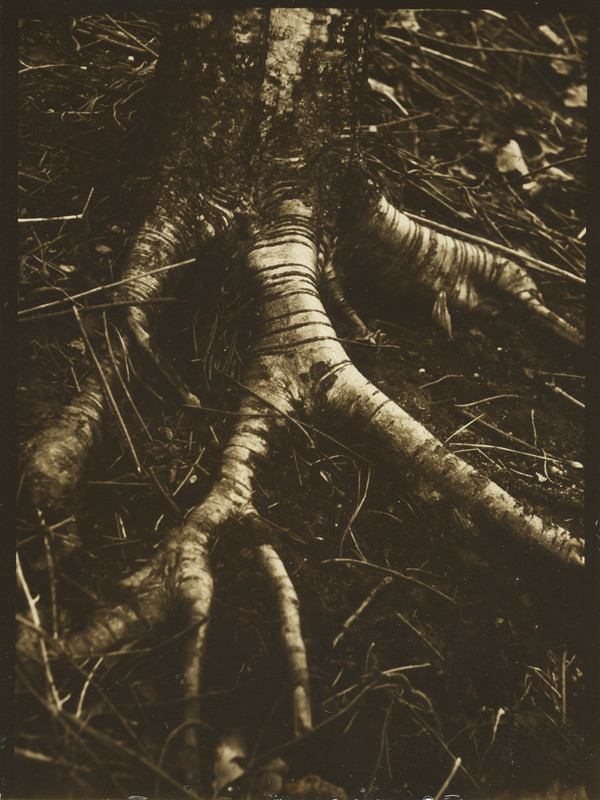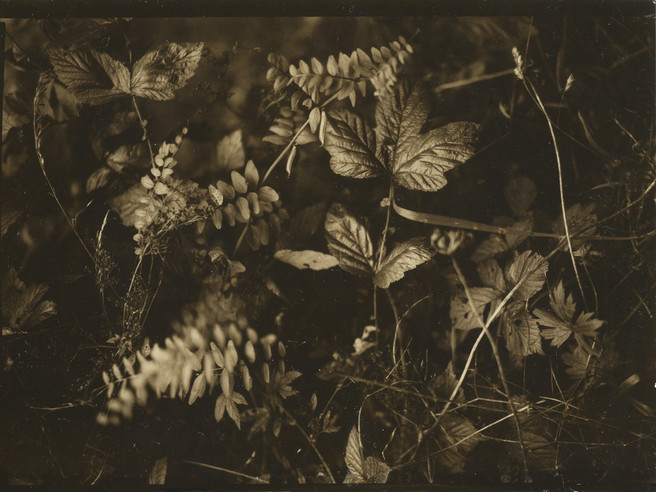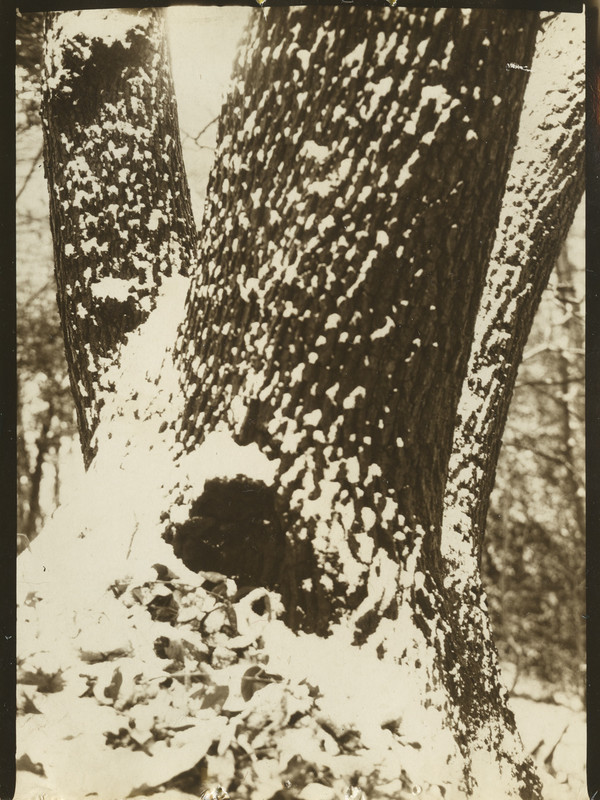Charles Twist

Charles Twist
The first serious steps on my photographic journey began 20 years ago, when I moved to sheet film and view cameras, primarily capturing full-colour landscapes. Since then, I have delved into the history and technology of my craft. Rediscovering and mastering the reversal processing of photographic paper was a pivotal moment for me, laying the foundation for a collaborative project focused on creating sepia portraits at events using vintage methods and equipment.
Subsequently, I designed and constructed my own view camera. Presently, I continue to employ the reversal process with a century-old camera to compile my personal photo-diary. Simultaneously, I use my homemade camera, fitted with a digital back, to craft colour photographs of landscapes and architecture. While I am proficient in both analog and digital technologies, my cameras all share a common feature – a bellows at their heart.
Like many in artistic pursuits, I am plagued by the question of validity. In the last few years, I have found something approaching quiet confidence thanks to a way of working (rather than through choice of subject or its presentation). I was spurred on by my rediscovery of the technique of reversal processing, which in short, consists in the creation of positive images from standard silver gelatin emulsions layered on paper or film. I put a sheet of photographic paper in the back of the camera and expose it; after some relatively quick chemical processing, it is good to go into my album. The prints are definitive and final because the only parameter I can control is exposure; the rest is tied to the chemistry. There is no post-processing possible.
The prints are physically connected to the place and time of their creation. This is one of the great attractions of slide film, especially in any of the sheet film formats. I used to shoot 5x4 a lot. Their disadvantage is that you can't just put them in an album to enjoy as prints. Sheet film is also, most commonly, enlarged to create the print. Creating prints in camera means the end size of the print is known, which in turn means that the aperture can be set to create a definite depth of field. I am an artist in control of my output.
I have used the reversal process to create a visual autobiography, a diary in pictures. This has freed me from more commercial constraints and, I feel, has brought me closer to the Truth. Much of this work follows a quest for the typical and the topical. I am also constrained by practical reality. Thus it is, that I take a lot of pictures in my home town. This series is taken in woodland just a few minutes from my front door.

